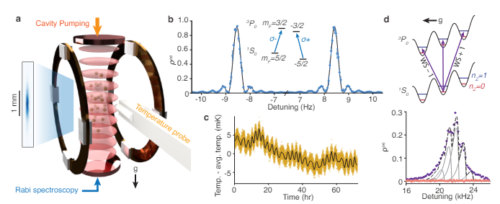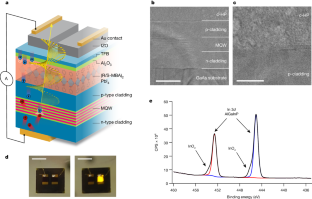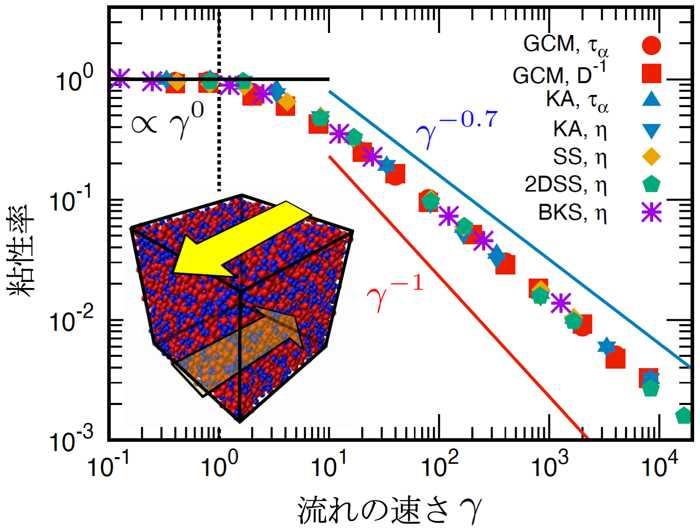2024-07-01 米国国立標準技術研究所(NIST)
<関連情報>
- https://www.nist.gov/news-events/news/2024/07/worlds-most-accurate-and-precise-atomic-clock-pushes-new-frontiers-physics
- https://arxiv.org/abs/2403.10664
系統的不確かさ8×10-19の時計 A clock with 8×10−19 systematic uncertainty
Alexander Aeppli, Kyungtae Kim, William Warfield, Marianna S. Safronova, Jun Ye
arXiv last revised 8 Jun 2024 (this version, v2)
DOI:https://doi.org/10.48550/arXiv.2403.10664

Abstract
We report an optical lattice clock with a total systematic uncertainty of 8.1×10−19 in fractional frequency units, representing the lowest uncertainty of any clock to date. The clock relies on interrogating the ultra-narrow 1S0→3P0 transition in a dilute ensemble of fermionic strontium atoms trapped in a vertically-oriented, shallow, one-dimensional optical lattice. Using imaging spectroscopy, we previously demonstrated record high atomic coherence time and measurement precision enabled by precise control of collisional shifts and the lattice light shift. In this work, we revise the black body radiation shift correction by evaluating the 5s4d 3D1 lifetime, necessitating precise characterization and control of many body effects in the 5s4d 3D1 decay. Lastly, we measure the second order Zeeman coefficient on the least magnetically sensitive clock transition. All other systematic effects have uncertainties below 1×10−19.



